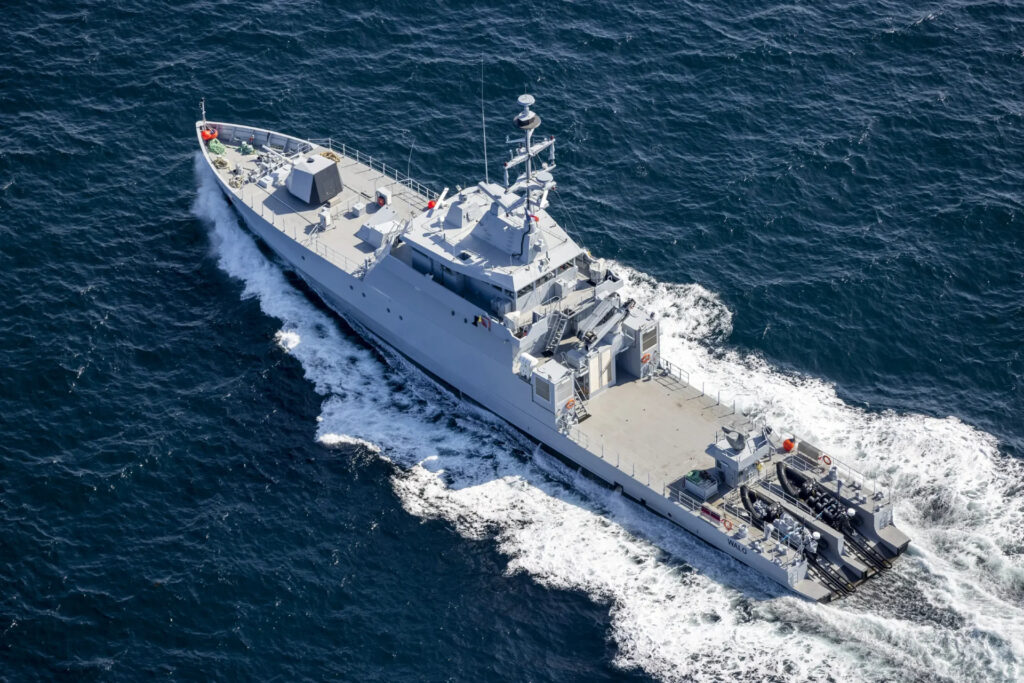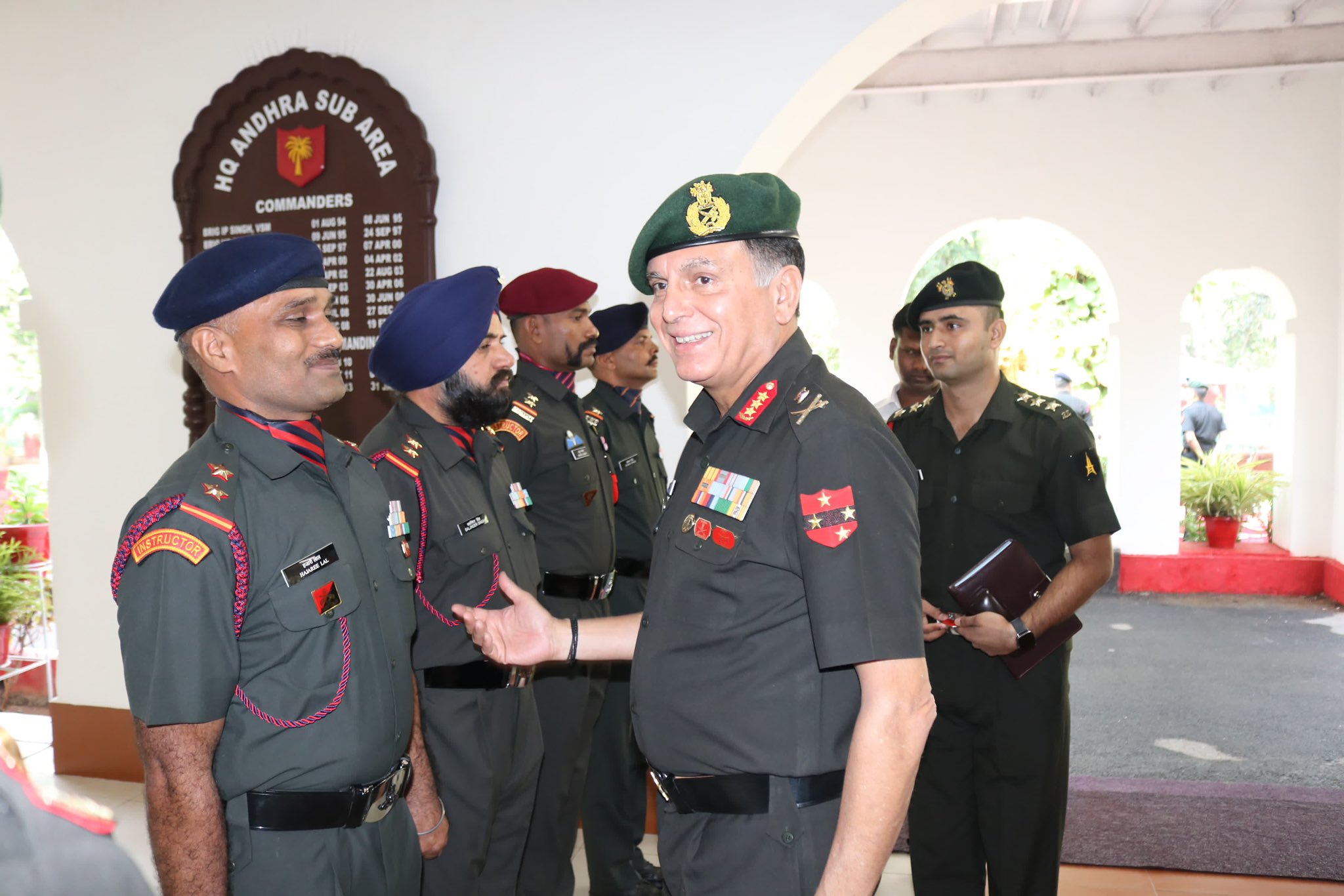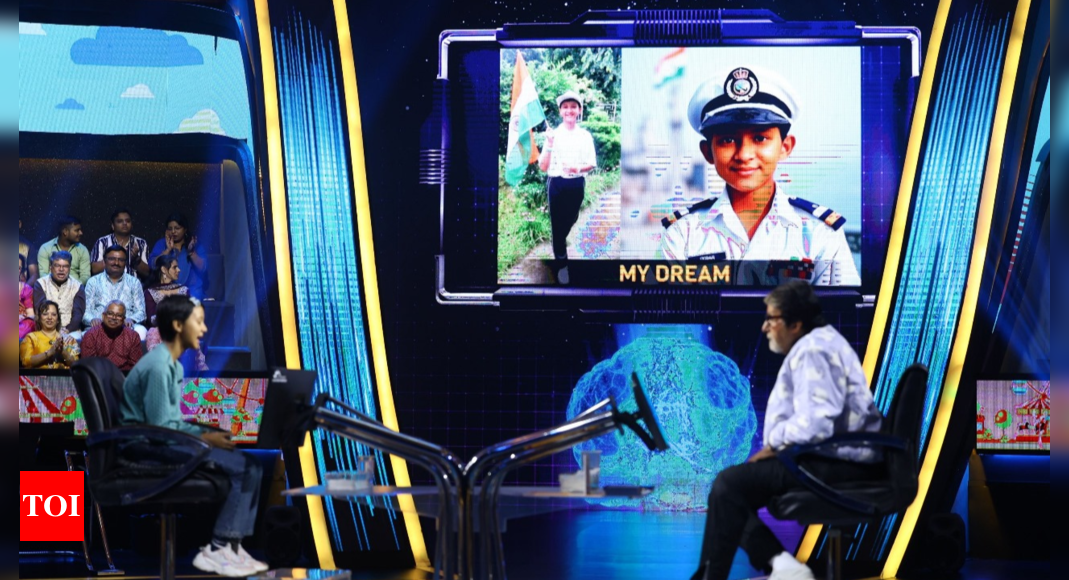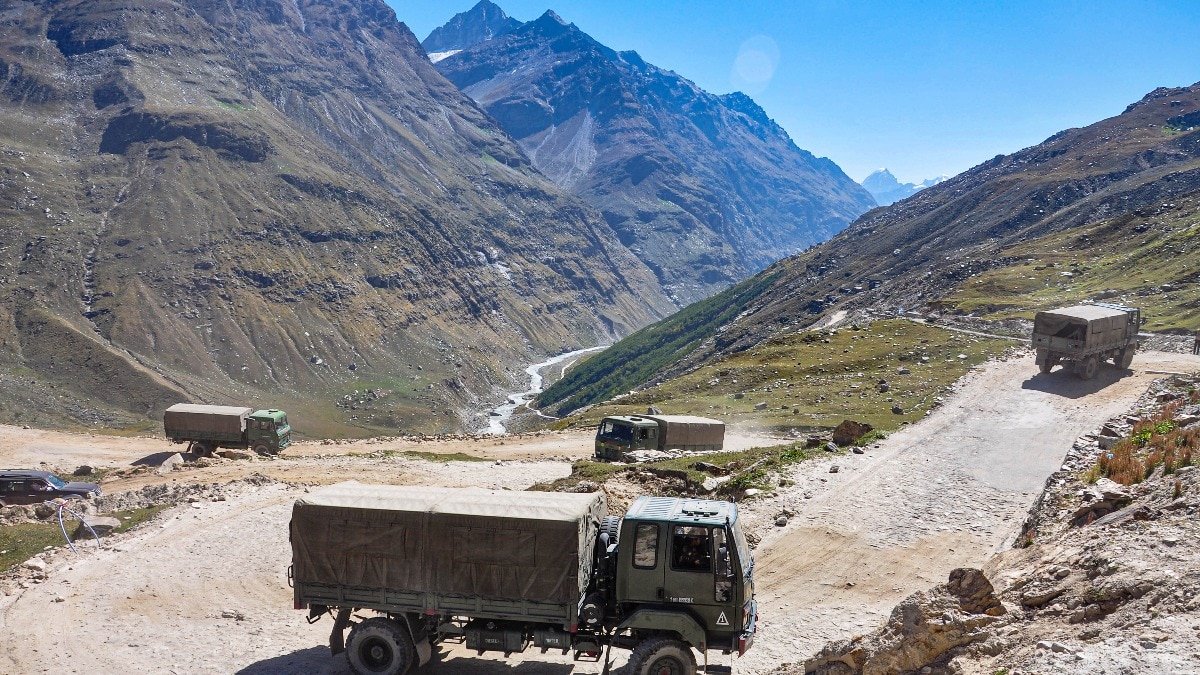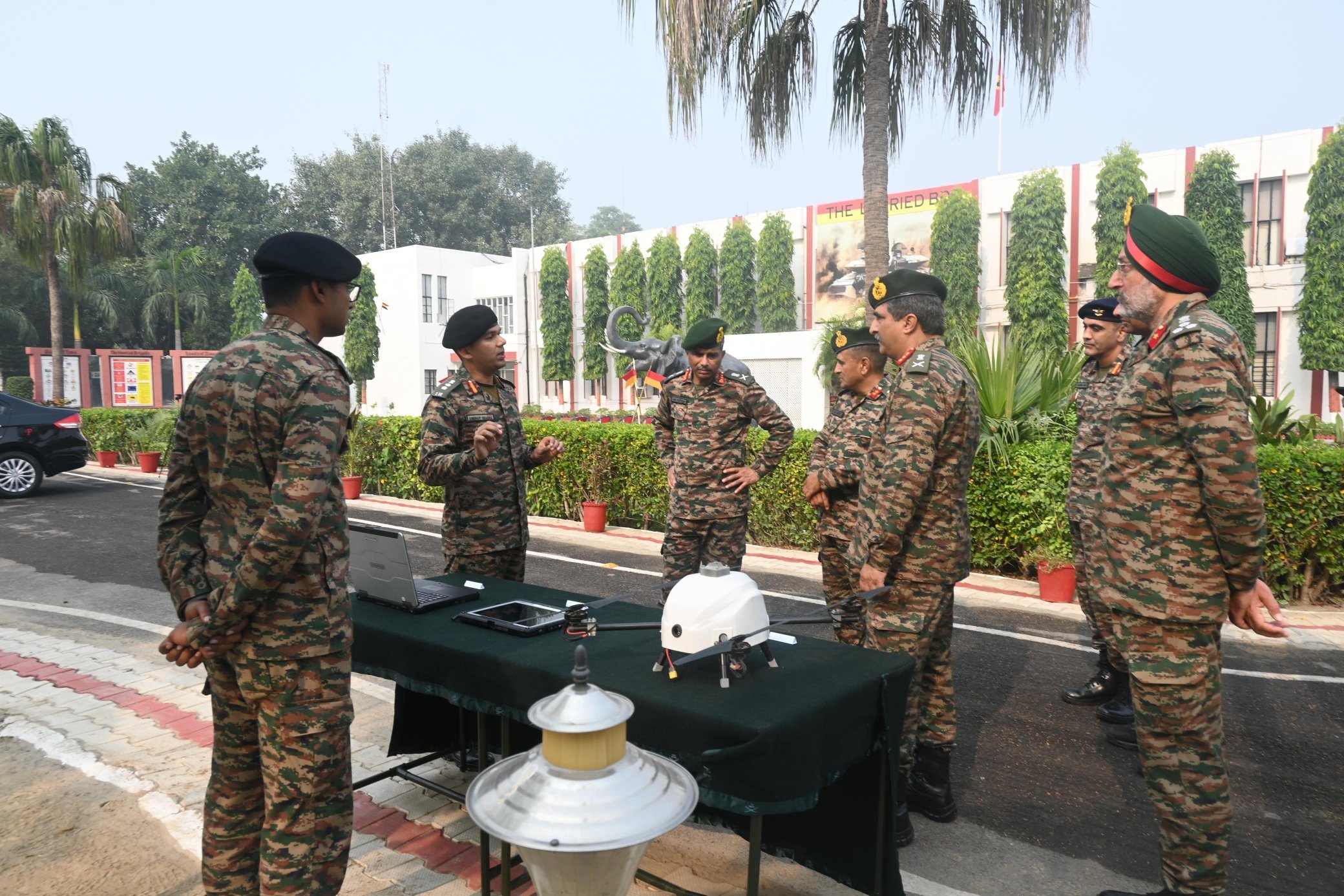Montenegro Acquires Two Offshore Patrol Vessels from France
French Shipbuilder Kership Secures Contract for Montenegro's Navy Paris, France – French shipbuilder Kership has announced a significant contract to…
Lt Gen Dhiraj Seth Visits HQ Telangana and Andhra Sub Area
Lt Gen Dhiraj Seth, AVSM, Army Commander of the Southern Command, recently conducted an official visit to Headquarters Telangana and…
Kaun Banega Crorepati Juniors Features Young Aspirant Dreaming of Joining Indian Navy
This week, the renowned knowledge-based game show Kaun Banega Crorepati Season 16 is making waves with its special segment, KBC…
Lt Gen Dhiraj Seth Reviews Bison Division in Secunderabad
Lt Gen Dhiraj Seth, AVSM, Army Commander of the Southern Command, recently visited the Bison Division stationed at Secunderabad Military…
India to Launch Major Tri-Services Military Exercise ‘Poorvi Prahaar’ After Indian-Chinese Disengagement
In a significant move to bolster its military capabilities, India is set to launch a major tri-services military exercise named…
Lt General Manoj Kumar Katiyar Reviews Airawat Division
Lieutenant General Manoj Kumar Katiyar, Army Commander of the Western Command, recently conducted a thorough review of the operational preparedness…

